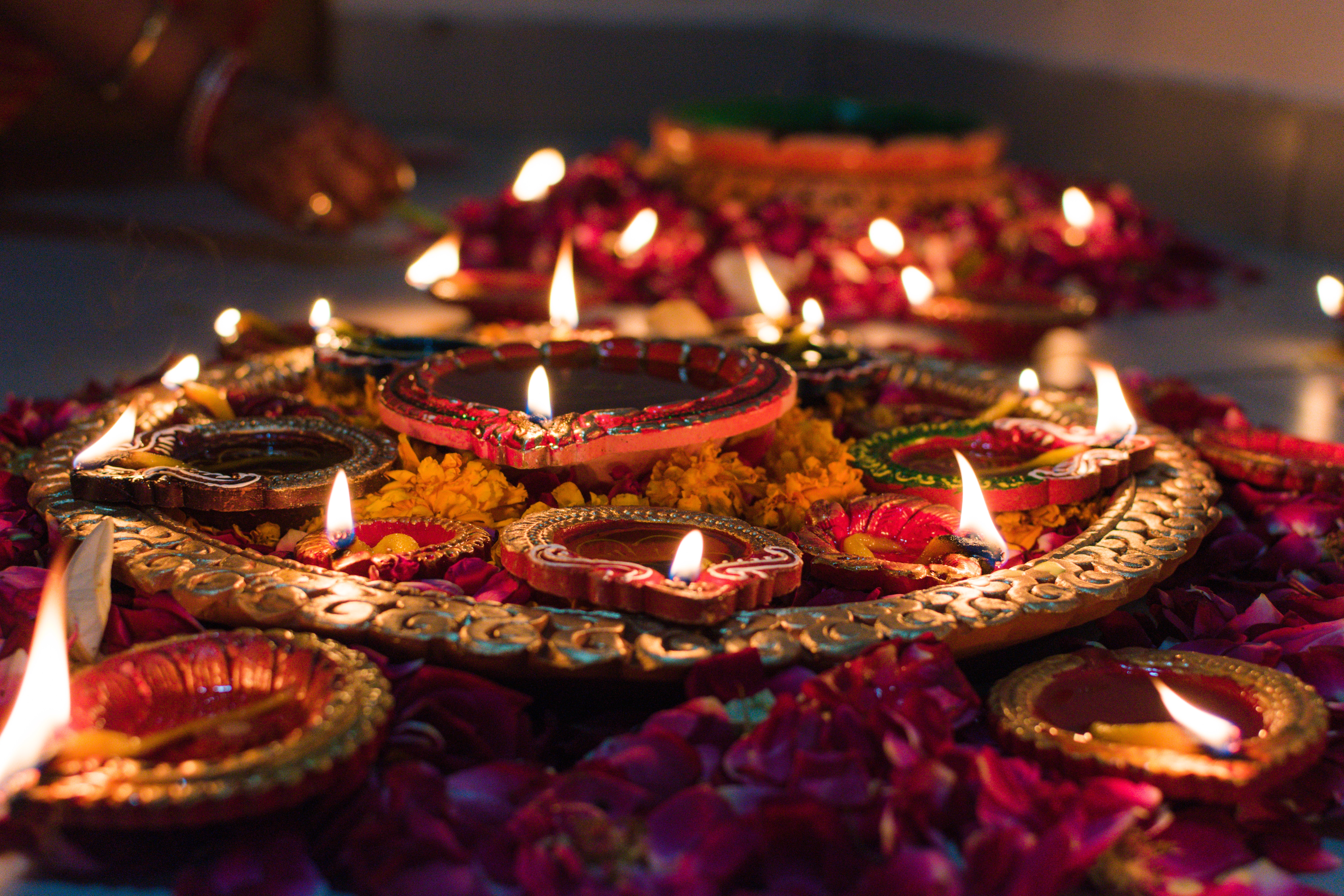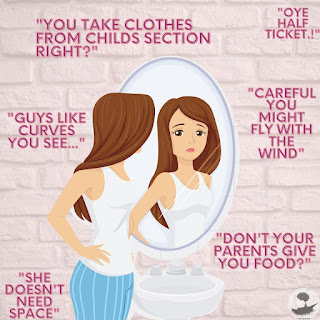Diwali and Firecrackers
Diwali Blog
Known as
the festival of lights, Diwali is a festival known to many people. Originally,
the story follows the return of Lord Ram to Ayodhya with his wife Sita, and
younger brother Lakshman, after killing the Demon King, Ravana in Lanka, where the
people of Ayodhya line the streets and their homes with oil wicks in clay lamps
to welcome them. It symbolizes the spiritual "Victory of light over
darkness, good over evil, and knowledge over ignorance".
A modern
twist to this is accompanying it with something more luminously effective. Over
time, bursting firecrackers assumed religious significance, and got tagged
along with many celebrations, including Diwali; so much so that it is entitled
to be protected as a core and essential religious practice under Article 25 of
the Constitution as a fundamental right. However, a small issue with this is
that it violates many other basic constitutional rights like the right to live
in a quiet and clean environment, guaranteed by Article 21 of the Constitution.
Not to mention the noise pollution caused, and the adverse effects it has on
the atmosphere.
Most of us
know and have experienced the essence of the air the days after long Diwali
nights. The cities that continue the ignorant use of firecrackers have to suffer the suffocating effects. Smog greatly affects our lungs and can cause lung cancer, or even early
deaths. We rarely think about breathing except when we have trouble doing so
and that’s why every October is Healthy Lung Month. Celebrating something is
always wonderful, but one should always keep in mind its consequences in the
long run. So, on the occasion of this auspicious festival falling near Healthy
Lung Month, take some time and think about it. What’s better: a week of fun
nights, or the years of gut-wrenching health issues to follow?
(By Kaushiki Roy, Editorial Department, Adolescence Development Club)


Comments
Post a Comment